Exploring the realms of athletic prowess and financial extravagance, we embark on a journey into the world of the ’20 Most Expensive Sports in the World.’ From the high-octane glamor of Formula 1 racing to the regal elegance of polo, and from the adrenaline-fueled battles of boxing to the precision of fencing, each sport on this list represents not only a test of physical skill but also a substantial financial investment.
Formula 1 Racing
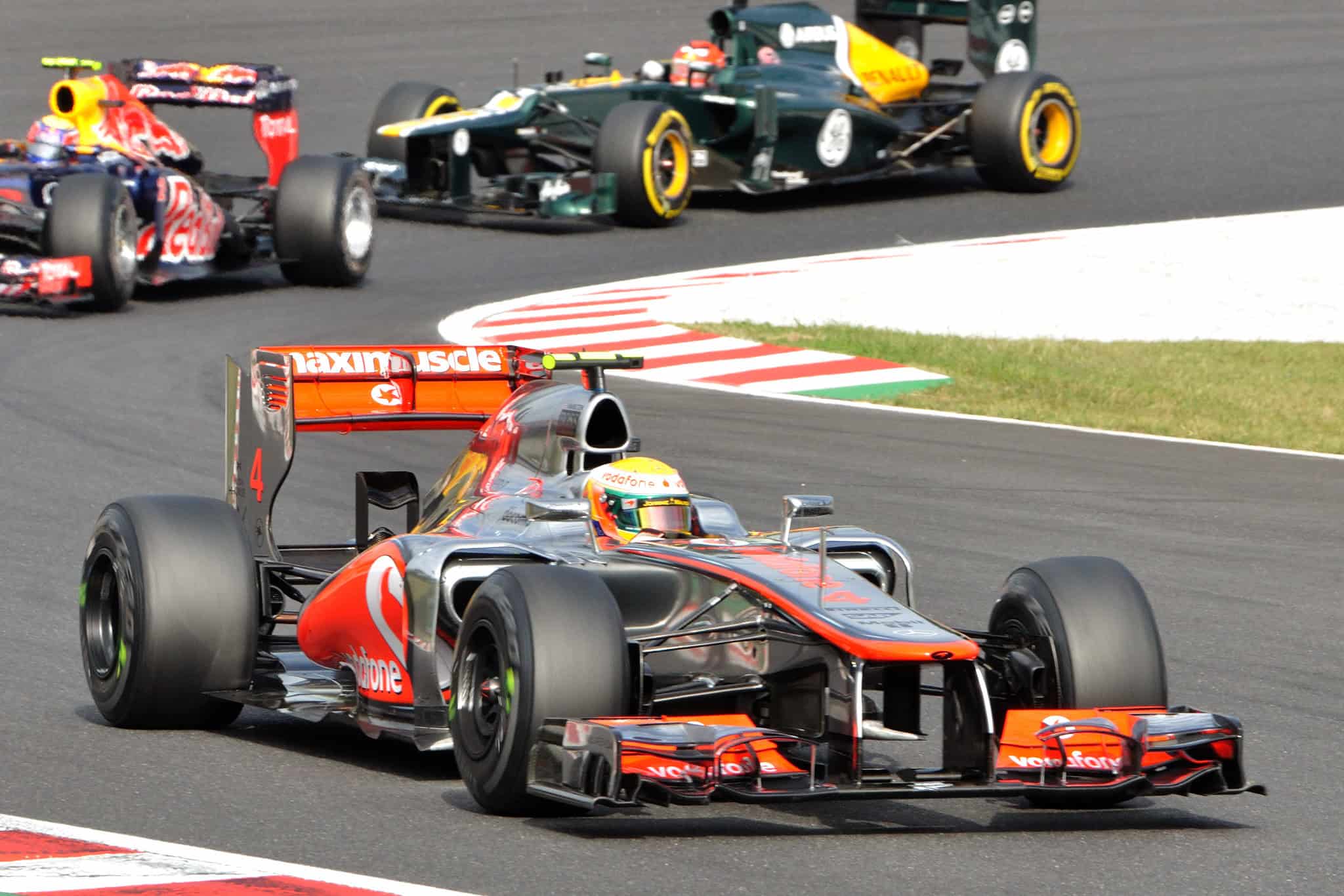
Formula 1 teams spare no expense when it comes to creating the fastest cars on the planet. The development of these cutting-edge machines involves advanced engineering, wind tunnel testing, state-of-the-art materials, and constant upgrades throughout the season. The cost of a single F1 car can exceed $10 million, not to mention the expenses for transportation, logistics, team personnel, and drivers’ salaries, making Formula 1 one of the most financially demanding sports.
Polo

Polo is often dubbed the sport of kings due to the hefty investment required. Players need high-quality horses, which can cost tens of thousands of dollars each, along with specialized equipment like mallets, saddles, and protective gear. Maintaining a string of polo ponies, stabling, veterinary care, and participating in tournaments at exclusive clubs contribute to the significant expenses associated with this luxurious sport.
Sailing

Image Editorial Credit: Igor Shootov / Shutterstock
Competitive sailing involves substantial costs for purchasing and maintaining racing yachts, which can range from hundreds of thousands to millions of dollars. Add to that the expenses for sails, rigging, navigation equipment, crew salaries, training, travel to regattas around the world, and entry fees for prestigious events like the Volvo Ocean Race or the Vendée Globe, and you have a sport that demands a considerable financial commitment.
Equestrian Sports

Whether it’s showjumping, dressage, or eventing, equestrian sports require substantial investments in horses, training facilities, riding gear, transportation, and competition fees. Acquiring top-quality horses alone can cost millions, and maintaining them in peak condition for high-level competitions adds to the ongoing expenses. Factor in coaching, veterinary care, stable management, and travel costs, and it’s clear why equestrian sports rank among the most expensive.
Skiing

Professional skiing demands significant financial resources for training, coaching, travel to competitions, accommodation, ski passes, equipment (skis, boots, poles, helmets, etc.), and access to specialized training facilities like indoor slopes and ski camps. Athletes also incur costs for physiotherapy, nutritionists, sports psychologists, and other support services to maintain peak performance throughout the season. The total annual cost for a professional skier can range from $100,000 to over $500,000, depending on the level of competition and support team.
Golf

Golf is renowned for its exclusivity and associated costs. Membership fees at prestigious golf clubs can run into the hundreds of thousands, if not millions, of dollars. Players also bear expenses for golf equipment (clubs, balls, bags, etc.), caddies, green fees, tournament entry fees, travel to international events like the Masters or the Open Championship, and sponsorship obligations for professional players. Top professional golfers may spend upwards of $1 million per year on equipment, travel, coaching, and other expenses related to maintaining their competitive edge.
Motor Racing (other than F1)

While Formula 1 takes the top spot for expensive racing sports, other motor racing disciplines like NASCAR, IndyCar, and endurance racing also come with significant costs. Teams invest heavily in race cars, engines, technology development, pit crews, drivers’ salaries, travel, accommodation, marketing, and sponsorship deals. The price tag for participating in these high-octane competitions can reach tens of millions annually, with some top teams spending over $50 million per year to compete at a competitive level.
Boxing
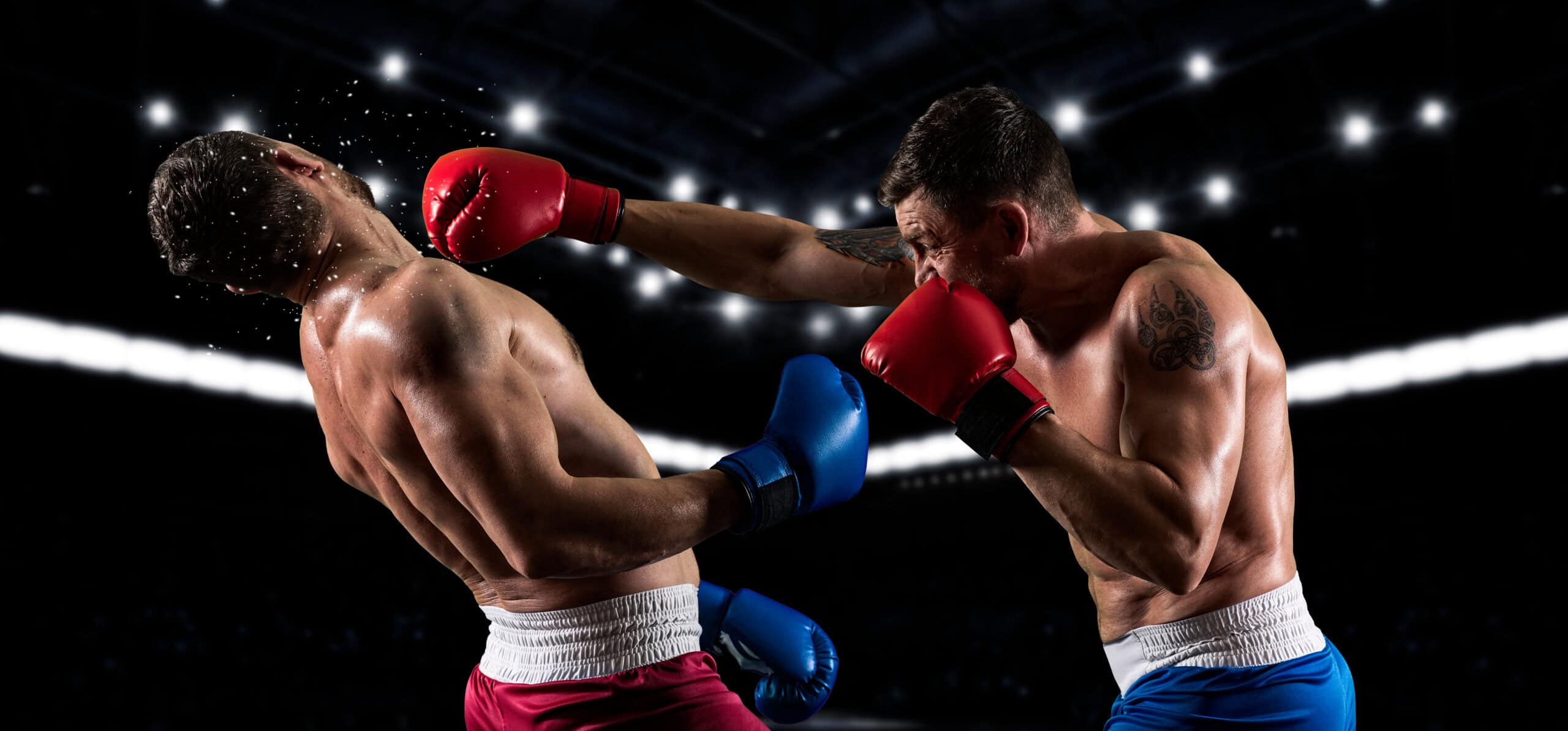
Professional boxing entails substantial expenses for training camps, sparring partners, coaching, medical tests, nutritionists, promotional activities, legal fees, manager commissions, and travel for fights. Boxers also incur costs for insurance, licensing fees, and equipment like gloves, mouthguards, and protective gear. Major boxing matches often involve multimillion-dollar purses for the fighters, making it a lucrative yet expensive sport. The cost of preparing for a high-profile boxing match can easily surpass $1 million, considering all the training, promotional, and logistical expenses involved.
Cycling

Competitive cycling requires substantial investments in high-performance bicycles, gear (helmets, shoes, clothing), training camps, coaches, nutritionists, physiotherapy, travel to races (including international tours like the Tour de France), race entry fees, team support vehicles, and maintenance costs for bikes and equipment. Professional cycling teams operate on multi-million-dollar budgets to field competitive riders in various disciplines such as road racing, track cycling, and mountain biking. The cost of running a professional cycling team can range from $5 million to $20 million per year, depending on the team’s size, ambitions, and sponsorships.
Horse Racing
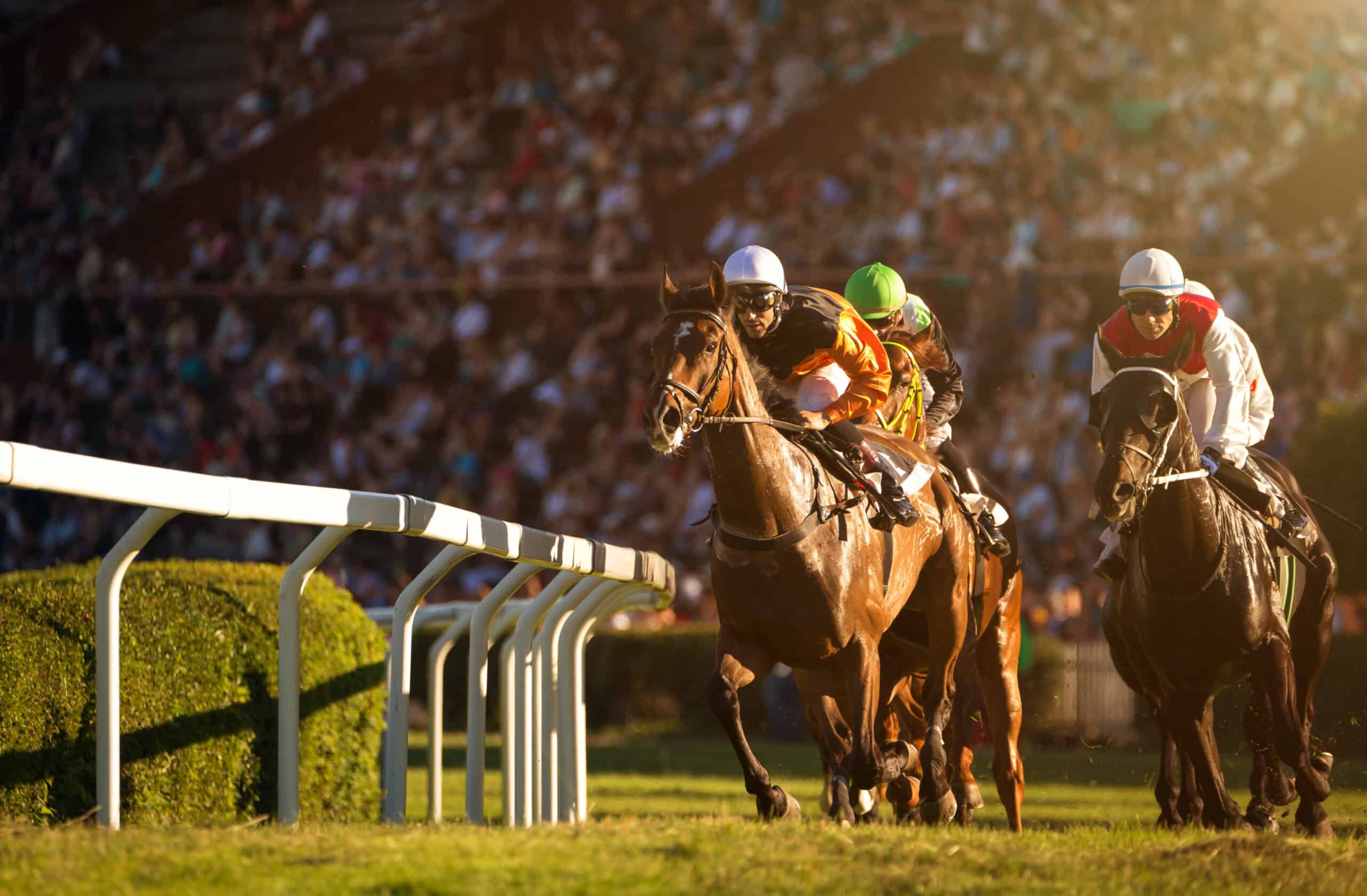
From owning and training racehorses to entering them in prestigious events like the Kentucky Derby, horse racing is a costly endeavor. Owners incur expenses for purchasing and maintaining horses, boarding fees, veterinary care, jockey fees, transportation, entry fees for races, and promotional costs. The pursuit of breeding and developing champion racehorses also involves significant financial outlays, contributing to the high expenses associated with this sport. The annual cost of owning and racing a single horse can range from $30,000 to several million dollars, depending on factors like the horse’s pedigree, training regimen, and participation in high-stakes races.
Ice Hockey

Ice hockey is an expensive sport due to equipment costs (skates, sticks, pads, helmets, uniforms), ice time rentals, coaching fees, league fees, travel expenses for away games, player insurance, and facility maintenance. Professional hockey teams invest heavily in player salaries, training facilities, medical staff, scouting, marketing, and promotional activities to maintain competitiveness and attract fans. The total annual cost for a professional ice hockey team can range from $15 million to over $100 million, depending on factors like the league, team size, and market competitiveness.
Football (Soccer)

While football is accessible at grassroots levels, professional football involves substantial expenses for clubs. Player salaries, transfer fees, agent commissions, stadium maintenance, training facilities, youth academies, scouting networks, travel for international competitions, and marketing campaigns all contribute to the high costs associated with professional football. Top-tier football clubs operate on budgets that exceed hundreds of millions annually. The annual operating budget for a top-tier football club can range from $100 million to over $500 million, with player salaries alone often exceeding tens of millions for star players.
Tennis
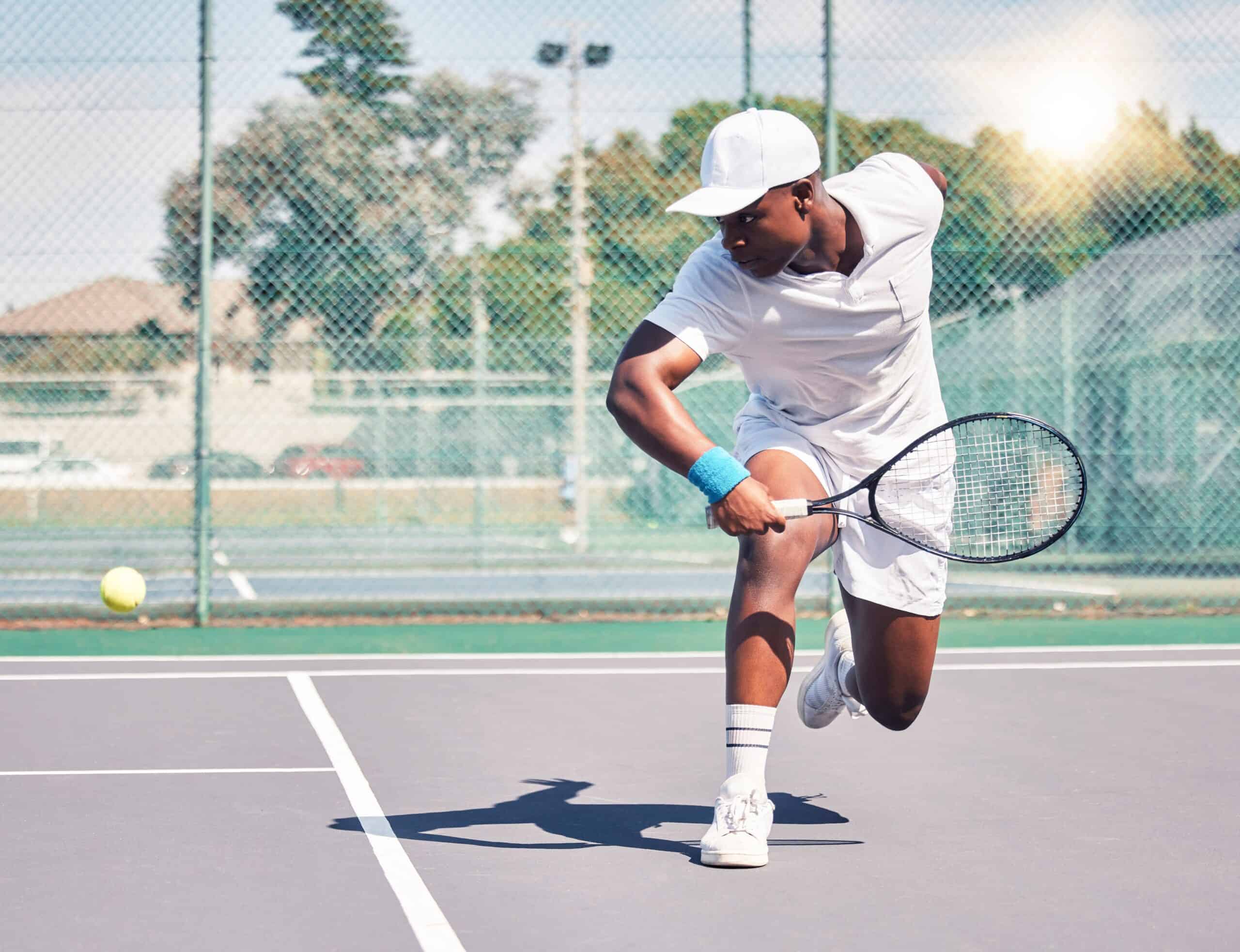
Professional tennis players face significant costs throughout their careers. Expenses include coaching fees, tournament entry fees, travel and accommodation for tournaments worldwide, equipment (rackets, shoes, apparel), physiotherapy, nutritionists, agent commissions, and promotional activities. Top-ranked players often spend millions each year to maintain their competitive edge and participate in prestigious events like Grand Slam tournaments. The annual cost for a professional tennis player can range from $100,000 for a lower-ranked player to several million dollars for top-ranked players, with the bulk of expenses going towards coaching, travel, and tournament participation.
Squash

Squash is a high-cost sport due to equipment expenses (rackets, balls, shoes, clothing), club memberships or court rental fees, coaching fees, tournament entry fees, travel expenses for competitions, and training camps. Professional squash players invest in fitness training, sports psychology, and nutrition programs to excel in this physically demanding sport. The annual cost for a professional squash player can range from $20,000 to $200,000, depending on factors like coaching fees, tournament participation, and travel expenses.
Baseball

Professional baseball teams operate on significant budgets to cover player salaries, coaching staff, scouting departments, facility maintenance, travel expenses for away games, equipment costs (bats, gloves, uniforms), marketing, and promotional activities. Major League Baseball (MLB) franchises invest heavily in developing talent through farm systems and signing bonuses for amateur players, adding to the overall expenses of the sport. The total annual cost for a professional baseball team can range from $50 million to over $300 million, with player salaries often comprising the largest portion of the budget.
Rugby
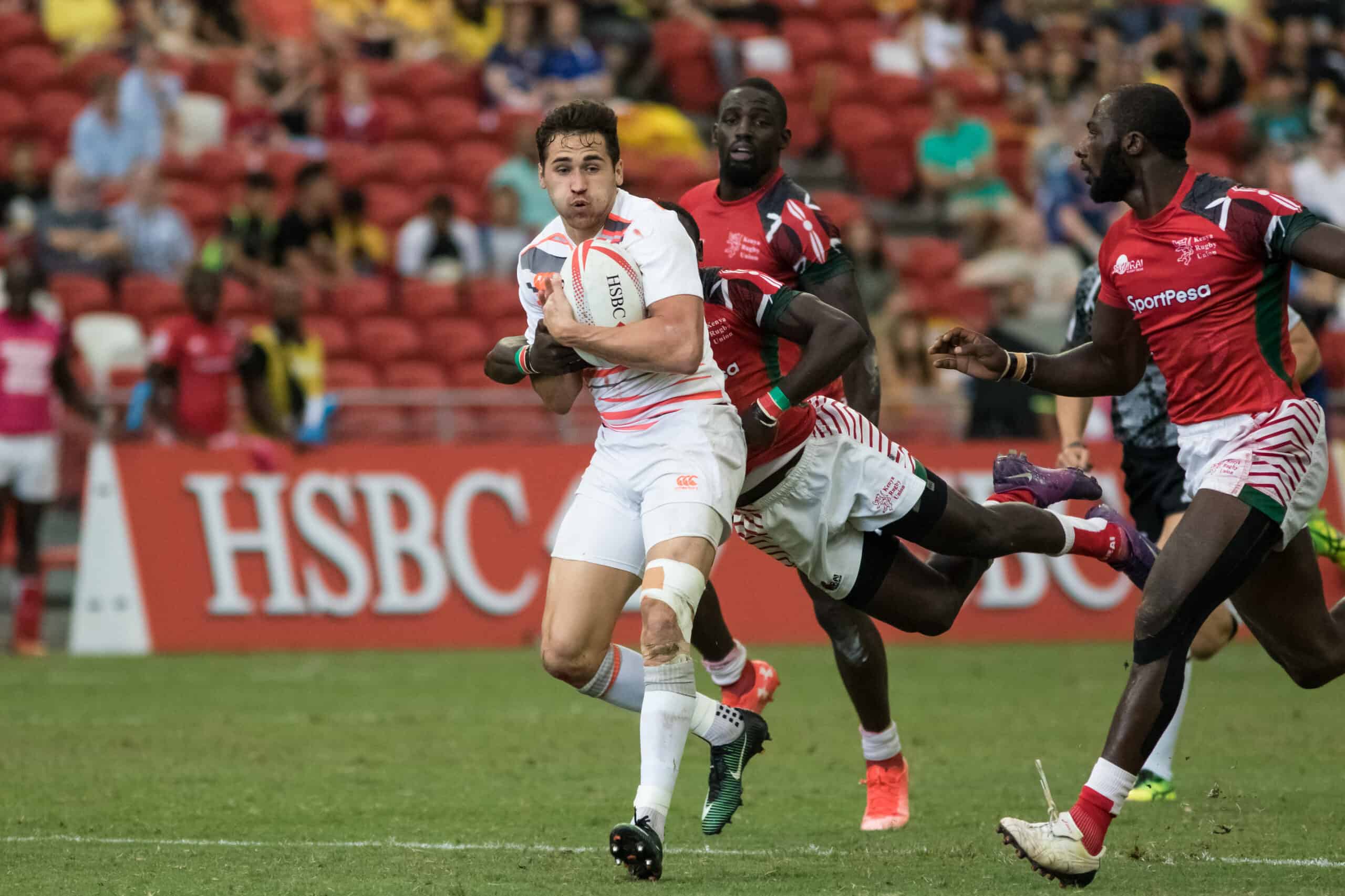
Rugby is an expensive sport at both amateur and professional levels. Costs include equipment (jerseys, boots, protective gear), coaching fees, league fees, travel expenses for away games, medical staff, insurance, stadium maintenance, and promotional activities. Professional rugby teams also face expenditures for player salaries, training facilities, scouting, and marketing to compete in domestic leagues and international competitions. The total annual cost for a professional rugby team can range from $10 million to $50 million, with player salaries and travel expenses being significant components of the budget.
Martial Arts (e.g., MMA)

Training and competing in martial arts like mixed martial arts (MMA) can be financially demanding. Fighters incur costs for training camps, coaching fees, sparring partners, medical tests, travel for fights (including international bouts), accommodation, nutritional supplements, fight gear (gloves, shorts, mouthguards), insurance, and promotional expenses. Promoters and organizations also invest significant funds in event production, fighter purses, marketing, and venue rentals. The total annual cost for a professional MMA fighter can range from $50,000 to several million dollars, depending on factors like training camp expenses, fight purses, and promotional activities.
Cricket

Cricket, particularly at the professional level, involves substantial expenses for players, teams, and governing bodies. Costs include player salaries, coaching staff, facilities maintenance, travel for domestic and international matches, equipment (bats, balls, protective gear), medical staff, insurance, marketing, and sponsorship deals. Major cricket tournaments like the ICC Cricket World Cup require extensive planning, infrastructure investment, and promotional activities, adding to the overall expenses of the sport. The total annual cost for a professional cricket team can range from $5 million to $50 million, depending on factors like player salaries, tournament participation, and marketing efforts.
Gymnastics
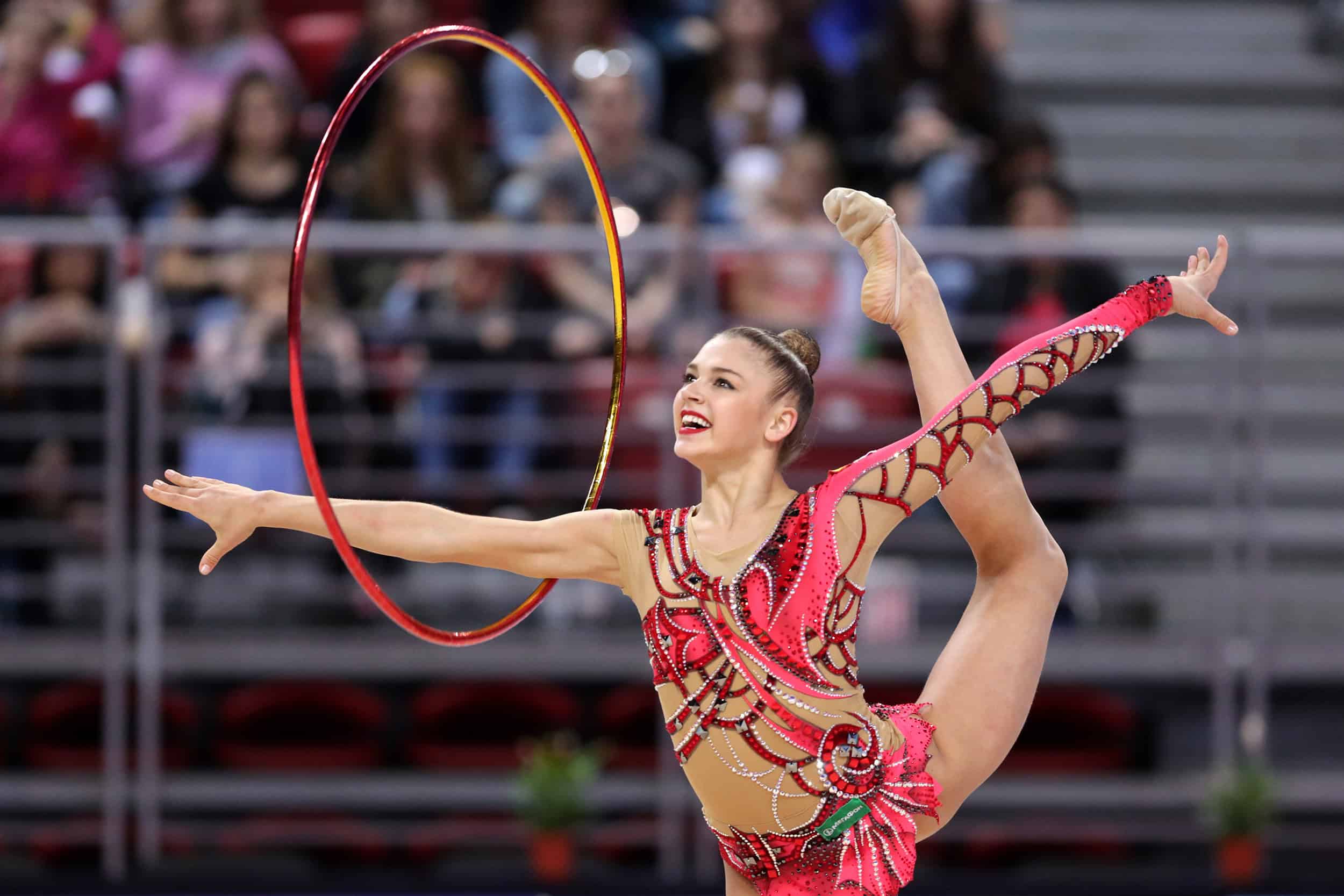
Competitive gymnastics is a costly sport due to equipment expenses (bars, beams, vaults, mats), coaching fees, facility rentals, travel expenses for competitions, entry fees for events, and training camps. Gymnasts also invest in strength and conditioning programs, sports psychology, and nutrition to perform at their best. Professional gymnastics leagues and organizations incur costs for event organization, judges, medical staff, and promotional activities to showcase the sport and support athletes. The total annual cost for a professional gymnastics team can range from $100,000 to $1 million, depending on the level of competition, coaching expenses, and travel costs.
Fencing

Fencing is a niche but expensive sport that requires investments in equipment (swords, masks, uniforms), coaching fees, club memberships or facility rentals, tournament entry fees, travel expenses for competitions, and training camps. Fencers also invest in physical conditioning, sports psychology, and nutrition to enhance their performance. Professional fencing associations and federations incur costs for organizing tournaments, providing officials, maintaining ranking systems, and promoting the sport to attract participants and spectators. The total annual cost for a professional fencing team can range from $50,000 to $500,000, depending on factors like equipment upgrades, coaching fees, and tournament participation.
This article originally appeared on Rarest.org
More from Rarest.org
15 Most Expensive Diamond Colors in the World

Diamonds, the epitome of luxury and desirability, come in a spectrum of colors, each with its own unique allure and price tag. Read More
10 Rarest Crystals in the World
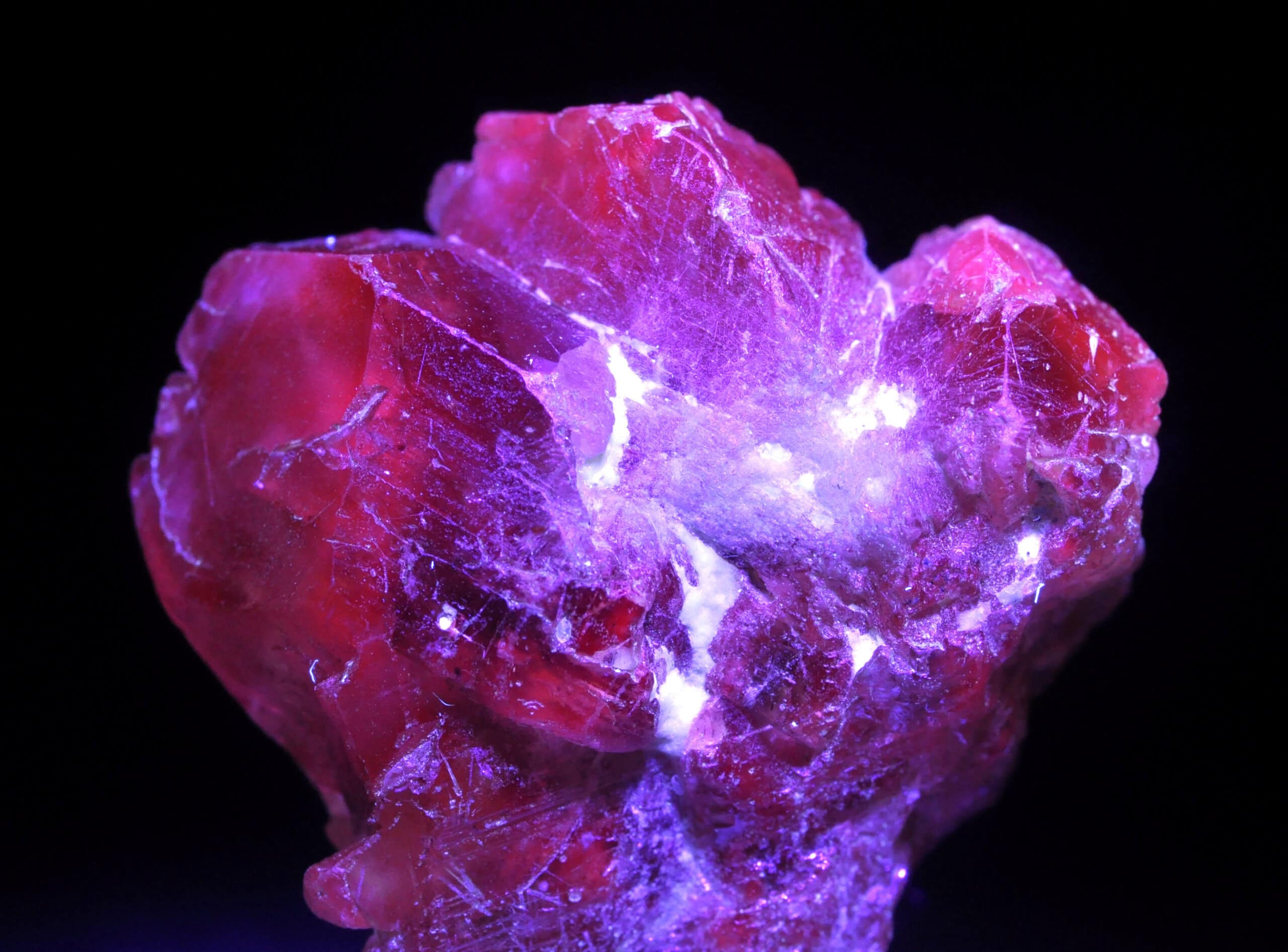
Crystals are some of the most widely collected items in the world because of their beauty. In recent years, crystal collecting has also increased in popularity because of the rise of alternative medicine. Read More
1960 Lincoln Penny Value Guide
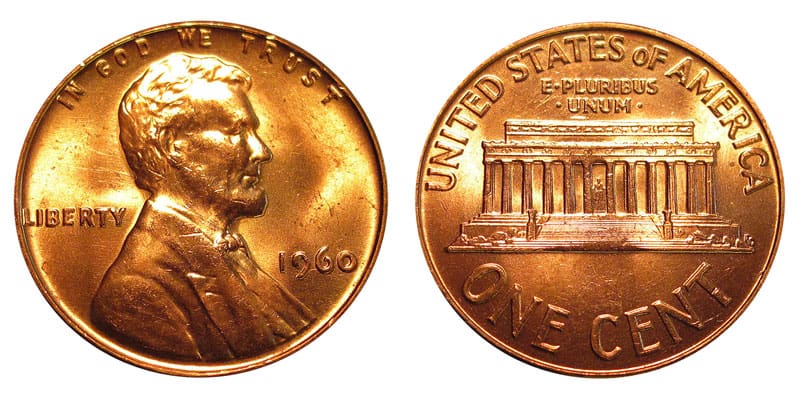
The 1960 penny is a 1-cent coin produced by the US Mint in 1960. As a 60-plus-year-old coin, the 1960 penny is quite popular among collectors. Read More
